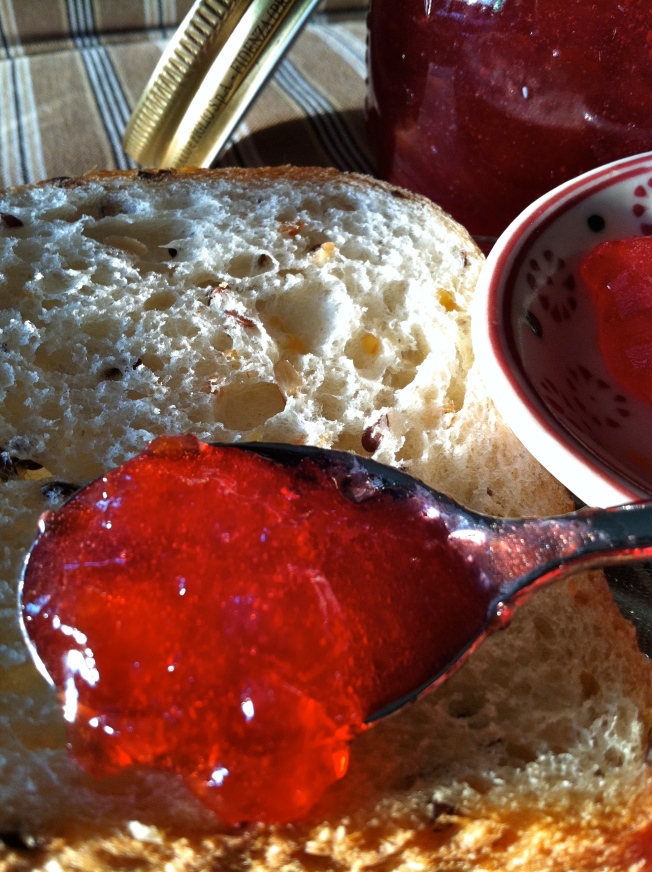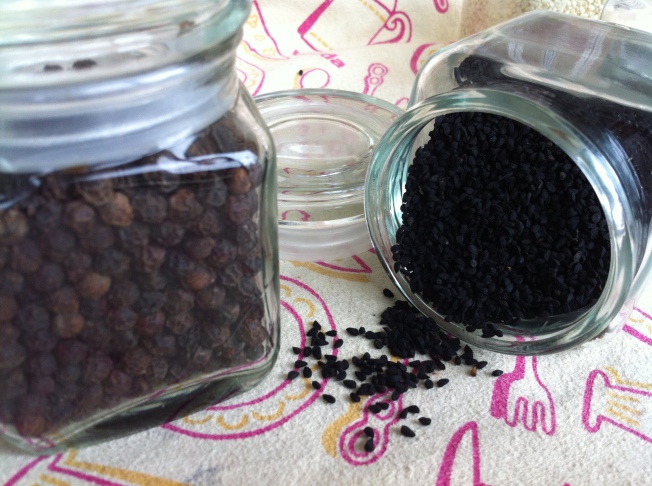Heigh ho and I’m back! After 4 months…4 whole months of vacations, distractions and (it has to be said) a loss of creative energies, C&K is back! Those who reminded me, those who asked about my blog, those who wrote in and those who told me they miss it – I humbly give thanks. You kept the Faith and I’m grateful you did.
Summer happened a lifetime ago, but its experiences sustain us through the year. A large part of the summer holidays were spent in India – as always it was a full on experience of sights, sounds and smells, with a great deal of eating, meeting and talking happening. This year a bereavement brought the whole family together. And when I say `brought together’ it literally means that. For many days, close relatives literally camp out at the home of the bereaved, offering love, support, food and togetherness. Being the inveterate observer of people that I am, I would often sit in a quiet corner and marvel at the Great Indian Family. I would watch various relatives bustling about, and think about how the connections of blood and marriage bring disparate people together and bind us in an unspoken bond.
During those long days together, after lunch, as is necessitated by the tropical heat, it would be nap time. That was typically the time people would break off into groups by age and gender and find a room each to occupy and find some quiet time. My 4 sisters-in-law and I would all huddle together on one bed, chatting, gossiping, sharing our grief and occasionally catching 40 winks.
And of course when people are together for extended periods of time, there has to be food – even during a time of sorrow, food nourishes and sustains the body and the mind and reminds us of the essence of being alive. So there was food and there was Fursat food. Literally, fursat is an Urdu word that means leisure. But like many words, it has a meaning beyond the literal. It evokes a mood – languor, relaxation and a feeling of revelling in the quietude of the moment.
There are some foods that you can eat only when you `have the time’ – little munchies that do not really satisfy hunger pangs but are what you can call `time pass’. Jamuns are one such.
The jamun is a lovely little fruit that grows mostly in the Indian subcontinent – vividly purple-black, with a large seed at the centre, and a sweet-sour-astringent taste, the jamun is definitely a fruit to be eaten to `time-pass’. Because the berries are small, they are not particularly filling, and because the fruit stains your tongue and fingers purple, it cannot be eaten in a very `civilized’ setting or when wearing really nice clothes!
I have wonderful memories of a childhood spent with a large jamun tree in the backyard of our house. My sister and I would whack at the branches with a long bamboo stick and then scuttle around to pick up all the fruit that would fall to the ground. A good wash, and the fun part would begin. The jamuns are dumped in a steel bowl, sprinkled with salt, covered with a lid, and …shake, rattle and roll!! The whacking would bruise the skins, the purple juice would ooze out, blend with the salt…and make magic. Grabbing the bowl and arguing about `my turn now!’ was part of the ritual.
It still works the same way. There’s something so unchanging about the way jamuns are sold and eaten – the jamunwala (jamun seller) balances a basket on the back of his cycle and rides slowly along the street, yelling `Jamuuunnnn walllllaaaaa’. All you have to do is run out into the verandah and yell for him. He cycles right up to your doorstep while you organise the money. How’s that for service? Interestingly Italy also retains some elements of it’s older, more traditional society. On Thursdays we have a fish seller that visits my village. He parks his van on the main square and yells out `Pesche!!’ at regular intervals…I did a double take when I first saw him. So much like it is back home!
Back to the jamun then. Unchanging but much changed. Just like my country, the ancient Hindu name of which is Jambudwipa (the land where jamuns grow). The winds of market forces blow. From a humble wild fruit it is now an exotic and pricey one sold in the best fruit shops, not just by the jamunwala. Is it because it is now recognized for its fantastic antioxidant properties (like all purple fruit and veg)? Or is it because it is in demand for the therapeutic effect it has on diabetes? Or is it just that the large backyards have disappeared and so have the trees, exposing this homey little fruit to the vagaries of consumer demand?
Whatever be the reason, it still reminds me of childhood, of change and also of changelessness – like love, like food and like fursat.































